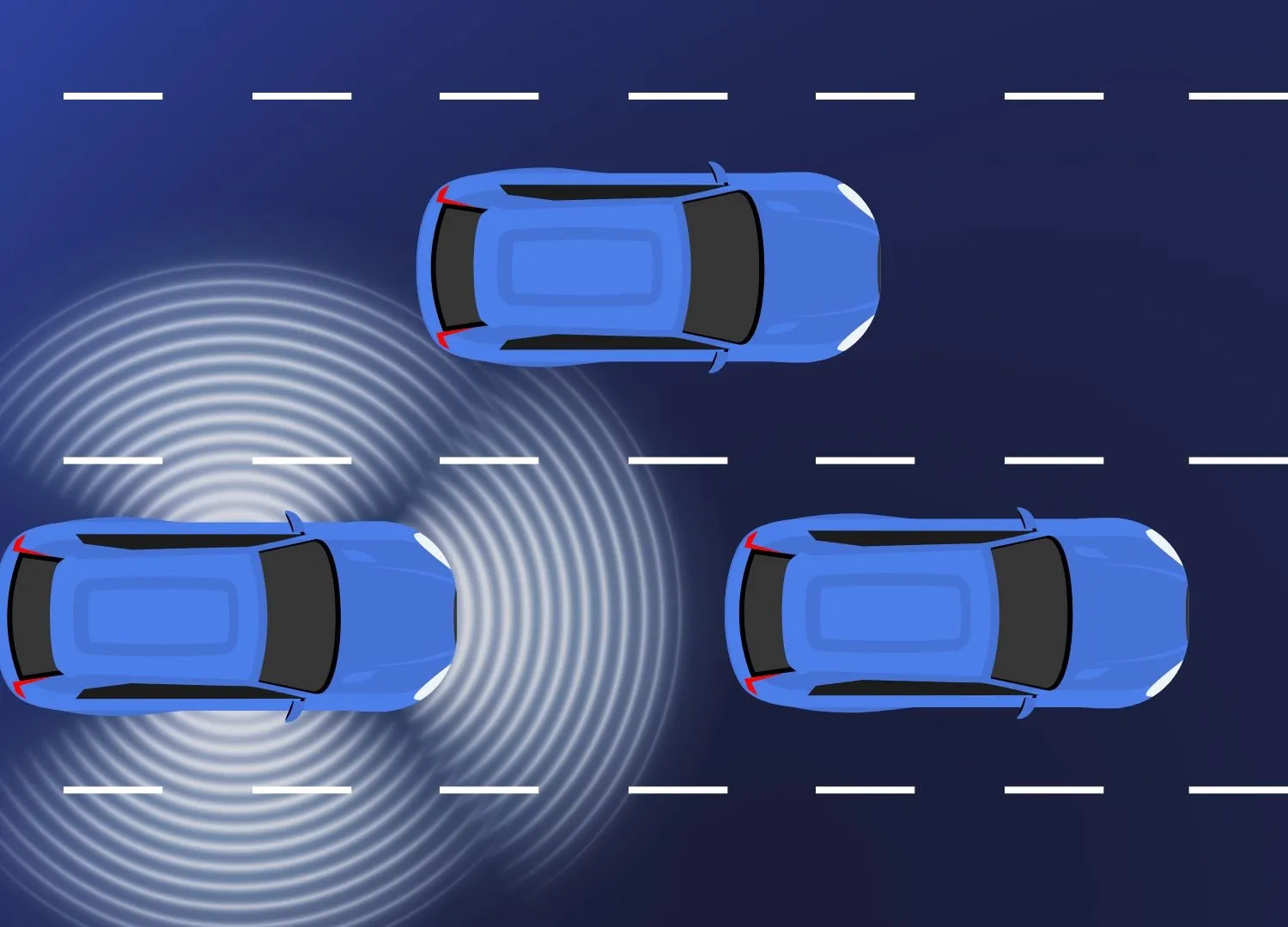PTV Group has added mesoscopic simulation to its Vision Traffic Suite with PTV Vissim 8, which offers additional modelling level speeds up simulation by a factor of 50 compared to microscopic simulation.
December 16, 2015
Read time: 1 min
According to PTV, users need to simulate increasingly large networks and PTV Vissim 8 responds to this trend by introducing dynamic assignment even in medium-sized networks, as mesoscopic simulation is ideal for achieving quick computing times. This allows users to see the effects of phenomena such as blocking back or traffic light signals on journey times without having to wait for their computer systems to keep pace.
Networks already created in PTV Visum can be easily transferred to PTV Vissim, where they can be simulated mesoscopically. If users need to go into detail on specific routes or junctions, this can be done via a hybrid simulation, which involves specifying sections of the mesoscopic simulation in which all modes of transport and their interactions - including pedestrians and cyclists - will be simulated at a microscopic level.









